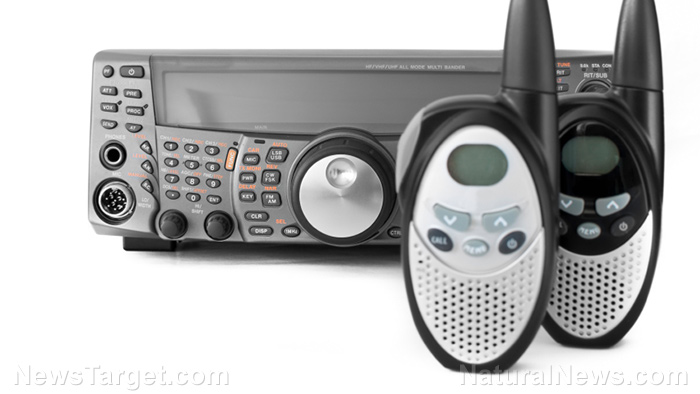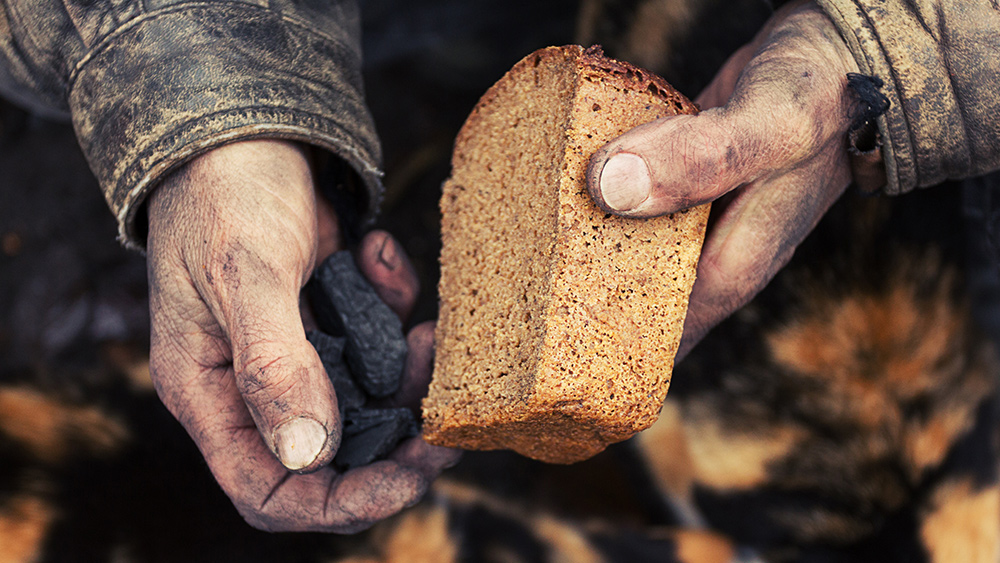
Advertisement
In addition to food, water and medical supplies, one of the most important things that you will have to work to acquire in the event of a large-scale crisis is information. If society collapses, chances are you won’t be able to simply turn on the television and learn what’s going on from the news, which will more than likely be off the air within days. That being said, anyone who is serious about prepping should strongly consider building and burying a powerful communications cache so that you can stay in the loop even as the rest of the world goes dark.
As the saying goes, “Two is one and one is none.” This is especially true for the number of communication devices you should have ready to go in case SHTF – one device at arm’s length should you need to connect with the outside world immediately, and another that is tucked away safely – perhaps even underground – as a backup. This will be particularly useful in the event of an EMP attack, which would normally render all communication devices completely ineffective. If you do decide to bury your communication device, be sure to insulate the outside of your watertight cache with foam and then wrap the entire thing in aluminum to ensure its protection.
The items that you choose to store in your cache should help you answer the following questions: How much damage is there on the outside? What are road conditions like? What are other survivors doing and how are they responding to the crisis situation? Is it time to bugout? That being said, your communications cache should include the following:

- Emergency radio
- An old iPad or tablet that you can use to store local coms information
- A prepaid phone
- Two-way radios so that your family can communicate with one another
- A portable Ham Radio
- A police scanner
As you can see by the list above, building an effective communications cache doesn’t have to be expensive. All of these things can be purchased for a relatively small amount of money, and having them in your possession in the event that SHTF could very well mean the difference between life and death. (Related: Here’s how to build a survival communication system for less than $50.)
As noted by the website Gray Wolf Survival, one of the most important communication devices you can acquire when preparing for a large-scale survival situation is the Ham Radio, which is the “go-to communication system for pretty much every emergency response system” and also happens to be used by both MARS (Military Auxiliary Radio System) and ARES (Amateur Radio Emergency Service).
“One of the nice thing is that a lot of ham radios can reach the national weather system (NOAA) frequencies),” Gray Wolf Survival explains. “That means that if you have a radio, you can find out what’s going on in the area. If you have a radio scanner, you can listen to what’s going on with emergency frequencies as well as any other that the scanner can reach, and you don’t have to know which one they’re transmitting on. That’s why they call it a scanner. It goes in a loop through whatever frequencies you tell it to and it stops if it hears someone transmitting.” (Related: Here are five must-have communications devices for any emergency.)
While it’s nearly impossible to predict exactly when a large-scale crisis will occur, there are still steps that can be taken to make sure that you and your family are prepared. Your ability to communicate will be a key factor in whether or not you survive when SHTF, so consider being on the safe side and creating your own communications cache. You’ll be happy that you did.
Read Gear.news for more stories about survival gear.
Sources include:
Submit a correction >>
This article may contain statements that reflect the opinion of the author
Advertisement
Advertisements















